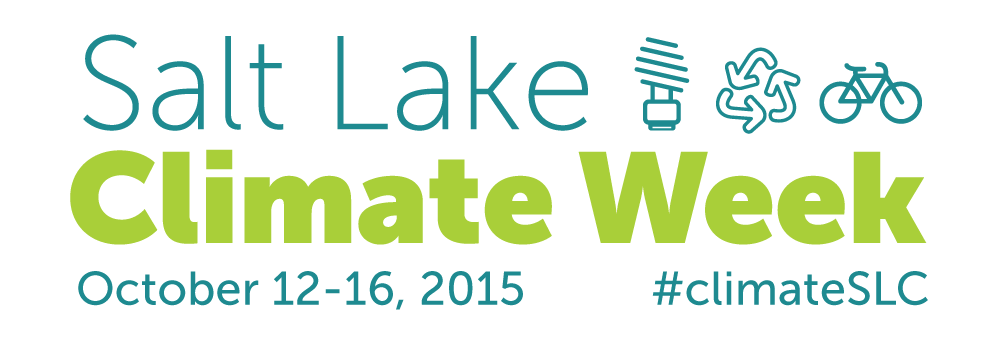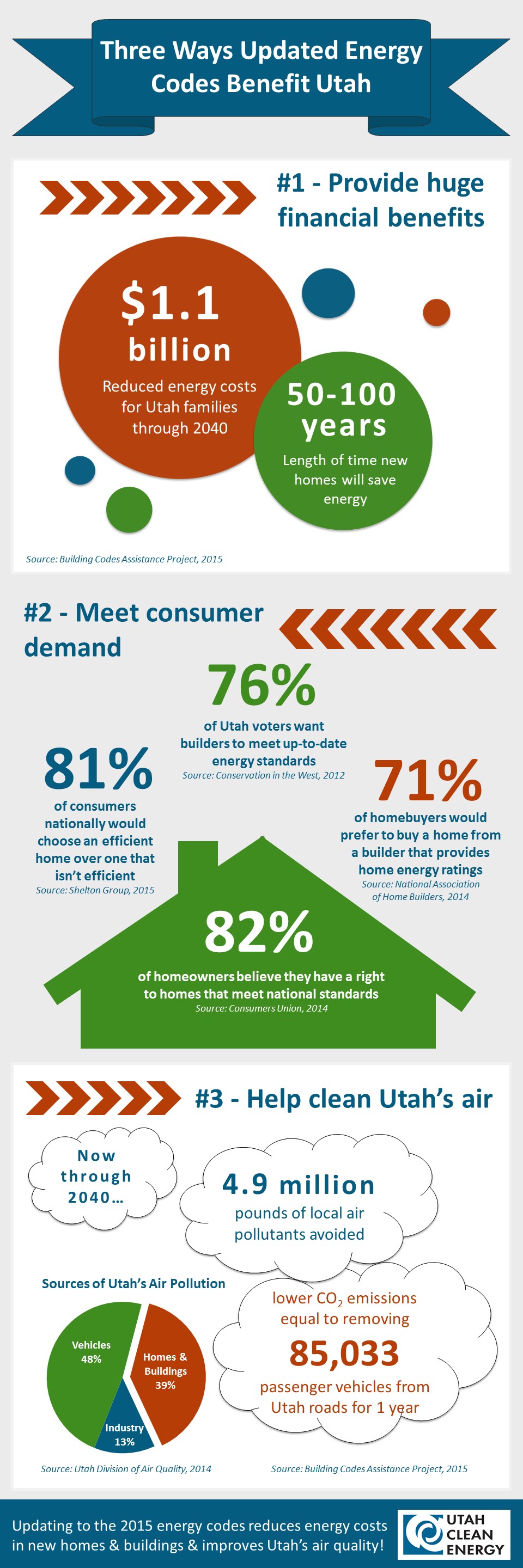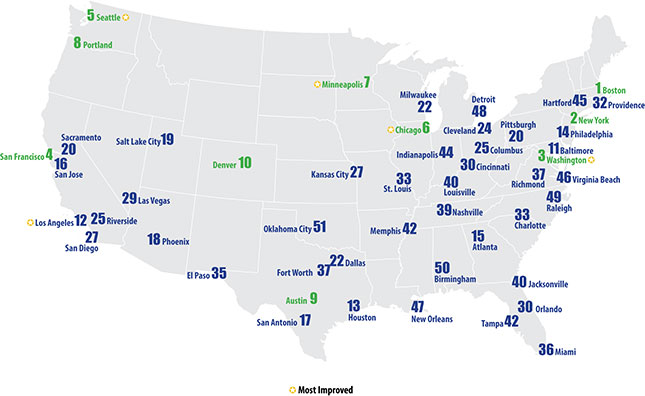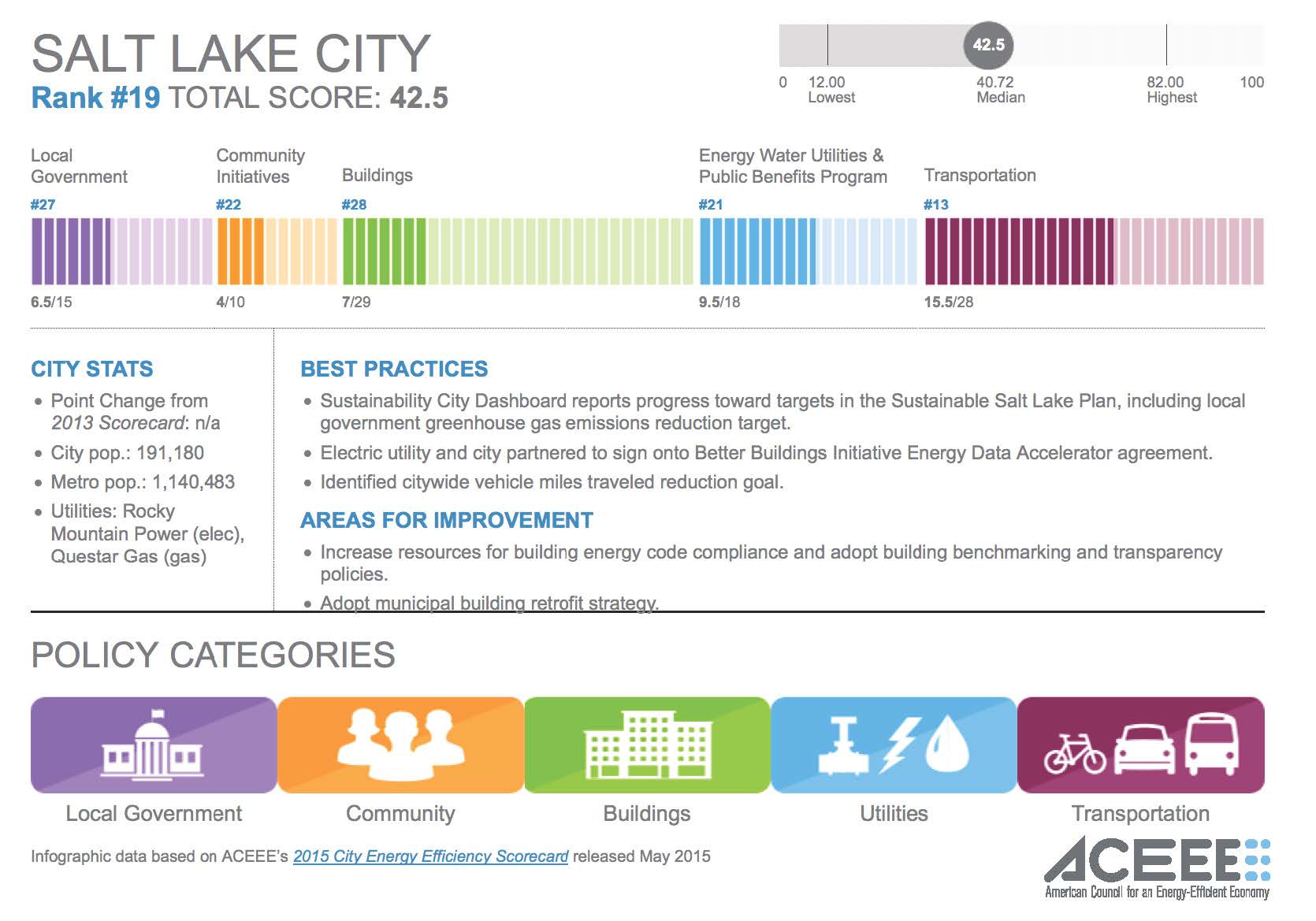Today, the U.S. Green Building Council (USGBC) released its national ranking of the top states in the country for LEED green building and Utah is the 10th state in the nation for 2015. The rankings come at an important time for states looking to reduce their energy use. LEED-certified spaces use less energy and water resources, save money for families, businesses and taxpayers, reduce carbon emissions and create a healthier environment for residents, workers and the larger community.
“Utah is a nationwide leader in green building and LEED certification. LEED creates jobs and increases opportunities for Utah’s workers and businesses while contributing billions of dollars to the state’s economy,” said Rick Fedrizzi, CEO and founding chair of USGBC. “LEED has become an essential standard for the transformation of building design and construction. LEED certified buildings drive economic growth, creates jobs and makes communities healthier.”
The annual ranking is developed by analyzing each state in terms of square feet of LEED certified space per state resident. Now in its sixth year, the list highlights states throughout the country that made significant strides in sustainable building design, construction and transformation throughout 2015. Utah certified 31 projects representing 4,494,301 square feet of real estate, or 1.63 square feet per resident, in 2015.
“We are thrilled to have Utah businesses and institutions recognized in this way for the first time,” said Daniel Pacheco, executive director, USGBC-Utah Chapter. “This achievement affirms not only USGBC Utah’s mantra that where you live, learn, work and worship matters, but also that partners are taking sustainable concepts to heart as we develop healthy buildings for everyone in Utah.”
In addition, data from USGBC’s 2015 Green Building Economic Impact Study show LEED construction is expected to support 23,000 total jobs in Utah and have a total impact on GDP of $1.97 billion from 2015-2018.
A few notable projects that certified in Utah in 2015 include:
- Salt Lake City Public Safety Building; LEED Platinum
- S. District Courthouse, Salt Lake City; LEED Gold
- University of Utah Football Center; LEED Silver
- Ballet West; LEED Gold
The full ranking of the top 10 states for 2015 includes:
| Rank | State | Projects certified in 2015 | Square feet LEED certified in 2015 | Per-capita square footage |
| 1 | Illinois | 161 | 43,979,595 | 3.43 |
| 2 | Maryland | 127 | 17,659,881 | 3.06 |
| 3 | Massachusetts | 112 | 19,850,624 | 3.03 |
| 4 | Washington | 101 | 17,450,321 | 2.60 |
| 5 | Colorado | 95 | 12,218,992 | 2.43 |
| 6 | Nevada | 30 | 6,534,960 | 2.42 |
| 7 | California | 618 | 87,358,563 | 2.34 |
| 8 | Texas | 237 | 52,445,321 | 2.09 |
| 9 | Virginia | 121 | 13,005,968 | 1.63 |
| 10 | Utah | 31 | 4,494,301 | 1.63 |
| * | Washington, D.C. | 84 | 11,612,237 | 19.30 |
*Washington, D.C., is not ranked as it is a federal district, not a state.
Collectively, 1,633 commercial and institutional projects became LEED certified within the Top 10 States in 2015, representing 274.9 million square feet of real estate. Worldwide, 4,837 projects were certified in 2015, representing 818.9 million square feet. Nearly 75,000 projects representing 14.4 billion square feet of space have been LEED-certified to date.
USGBC calculates the list using per-capita figures as a measure of the human element of green building. This also allows for fair comparisons among states with significant differences in population and number of buildings.








